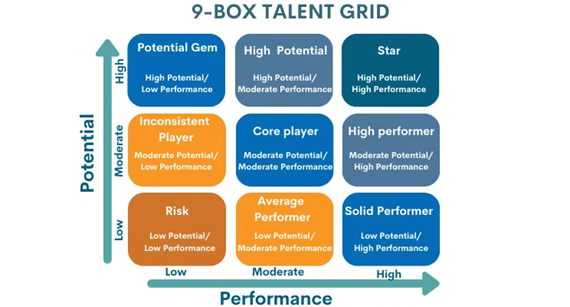Career paths within the organisation
Career paths within the organisation

Veres Paula
Corporate coach
2024. May 27.
Every employer wants to have a competent, motivated, loyal and talented workforce. In many cases, this is indeed the case. It’s a process where the development of individuals has a direct impact on the functioning of the organisation and has the potential to positively influence it. Talented individuals who are ambitious enough often have a bold vision. Shaping their career path must be a shared responsibility if we are to retain them.
More and more organisations are hosting quality Talent programmes. These companies have professional talent management and a planned, well-structured career path. Talent management not only builds loyalty in the employee, it is also a worthwhile investment for the company.
Career path planning is already part of the selection process and it is good to have an internal career path already on the agenda at the probationary appraisal interview. It is important to align individual goals with organisational goals at this point.
As a manager, it can be a headache to identify those who are important to prioritise for long-term, effective collaboration.
The 9 box model can help you to see clearly where potential exists:

What should you look for as a manager to support your talented colleagues?
-
Work with your internal team of experts (HR) who can support you with surveys and internal selection processes. Today, you can choose from a range of competency assessment methods that give you an objective picture of your employees’ key competencies, their current level of development and their future potential.
-
Get to know your staff in depth! It’s not an empty idea😊It’s important to know what motivates them, what their personal plans and goals are. Know what they value at work, what’s out of their comfort zone, what kind of lifestyle they want, and what their career plans are in the short and long term. Once you have these in place, there will be collaboration and dialogue that will be fruitful for all of you!
- Make career path and vision planning a regular topic of your appraisal conversations with your colleagues, so you can start thinking together early. Start working on this as soon as possible so you can move in the same direction and plan ahead, and this can save you from unpleasant surprises.
- Have milestones: short- and long-term goals that, if met, can be a gateway to the next career level.
- Plan for the transition! If a talented colleague from your team chooses a different position as an internal career path, it may feel like a loss at first. In reality, it’s a win for the organisation, because he or she will stay with you: they want to put their knowledge and loyalty to good use here.
- Be properly prepared for the step up! Pay attention to gradualness, so that neither your staff nor your existing team is hurt by the change.
- If your talented team member is moving on to a management career, your support is key! You need to help him or her not only with professional and soft skills, but also with finding his or her place in the new role.
- Think ahead about the next generation! A colleague who leaves the team can be both a source of joy and pride, and a hardship, as he or she doesn’t take his or her responsibilities with them. Make sure that the transfer of his/her job is not a punishment for the others, but a coordinated process.
As Ági Pataki, a deservedly successful businesswoman, says: “Preparing for a successful career change should start when the previous career is still going well, not when it has already gone downhill or possibly failed.”
As a leader, supporting an internal career path is now as important as the day-to-day operational tasks. Younger generations are attracted to the mentor and role model type of leader, to whom they prefer to relate.
A well-constructed career plan and following it through can be a shared success story in the life of an organisation that spans decades, making the history of the company.
Contact us
…and start your journey toward your goals!